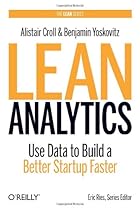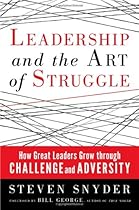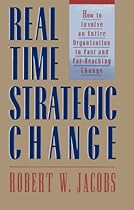Today, with a few key strokes and hitting the send key it's easy to communicate with one person or thousands. Too frequently, however, the message gets lost in the medium and fails to resonate with the intended audience.
The lessons I've learned in launching OfficeMax and my newest venture Max-Wellness have convinced me that a leader's management style should mirror that of a benevolent dictator. The "dictator" side makes the difficult decisions when the time for talking is done, but the "benevolent" side does so by putting the interests of the organization ahead of the leader's personal interests. And part of being a benevolent dictator is requiring clear, concise communication.
Here are some tips to encourage concise and effective communication in your organization:
- Be clear about what you need. Don't expect your team to guess. Remember, that one size doesn't fit all, so you may have to infuse your cut-to-the-chase request with humor or compliments to soften the message.
- Overhaul voice mail and e-mail. Survey your team members' current responses for their business e-mail and telephone messages, and prepare to be shocked by the content and length! This calls for creating a template or script. Each script should be tailored to the person's job function.
- Teach your team how to communicate. While you can't control every word that comes out of your team members' mouths, you can establish standards of what is appropriate.
- Have frequent in-person updates. Somewhere along the line, "micromanage" has become a bad word. It conjures up images of bosses who can't delegate, who don't trust their team members and who don't give employees room to do their best work. No, you shouldn't do your team's work for them, you should get regular (and of course, succinct!) updates.
- Use your negatives sparingly. If you're telling your team everything they need to know, but you still aren't getting the results you want, try using more cut-to-the-chase sound bites. Be sure your announcements don't always start with a negative, followed by a litany of unpleasant consequences. If you frequently start each communication with negatives, your team will come to see you as a knucklehead, and they'll start to ignore your message altogether.
- Look in the mirror. The golden rule definitely applies to leadership and business. It's always a good idea to treat your team as grown-ups and make them partners in whatever you're doing.
If you're not getting the results you want, you might be the problem. When you're open about what's at stake and use a logical, positive tone, you'll find that your communications will gain traction.
The vehicle or venue you select to deliver your directive is just as important as the point itself. Good news should be presented in an upbeat setting, and more serious subjects should be broached in a setting that's "strictly business."
If you're open and succinct, you find that your team will mimic your style. Communications will become understandable and actionable.
Michael Feuer is CEO of Max-Ventures, a venture capital and retail consulting firm, and founder and CEO of Max-Wellness, a comprehensive health and wellness retail chain. A co-founder of OfficeMax, he is author of "The Benevolent Dictator: Empower Your Employees, Build Your Business, and Outwit the Competition."
Thanks to Michael Feuer / SmartBlog On Leadership / SmartBrief, SmartBlogs
http://smartblogs.com/leadership/2011/11/18/cut-the-noise-and-cut-to-the-chase-proven-methods-for-streamlining-communication/
| To Get Uninterrupted Daily Article(s) / Review(s) Updates; Kindly Subscribe To This BlogSpot:- http://ZiaullahKhan.Blogspot.com/ Via "RSS Feed" Or " Email Subscription" Or "Knowledge Center Yahoo Group". | ||
| Amazon Magazine Subscriptions | Amazon Books | Amazon Kindle Store |
| Amazon Everyday Low Prices, Sales, Deals, Bargains, Discounts, Best-Sellers, Gifts, Household Consumer Products | ||





